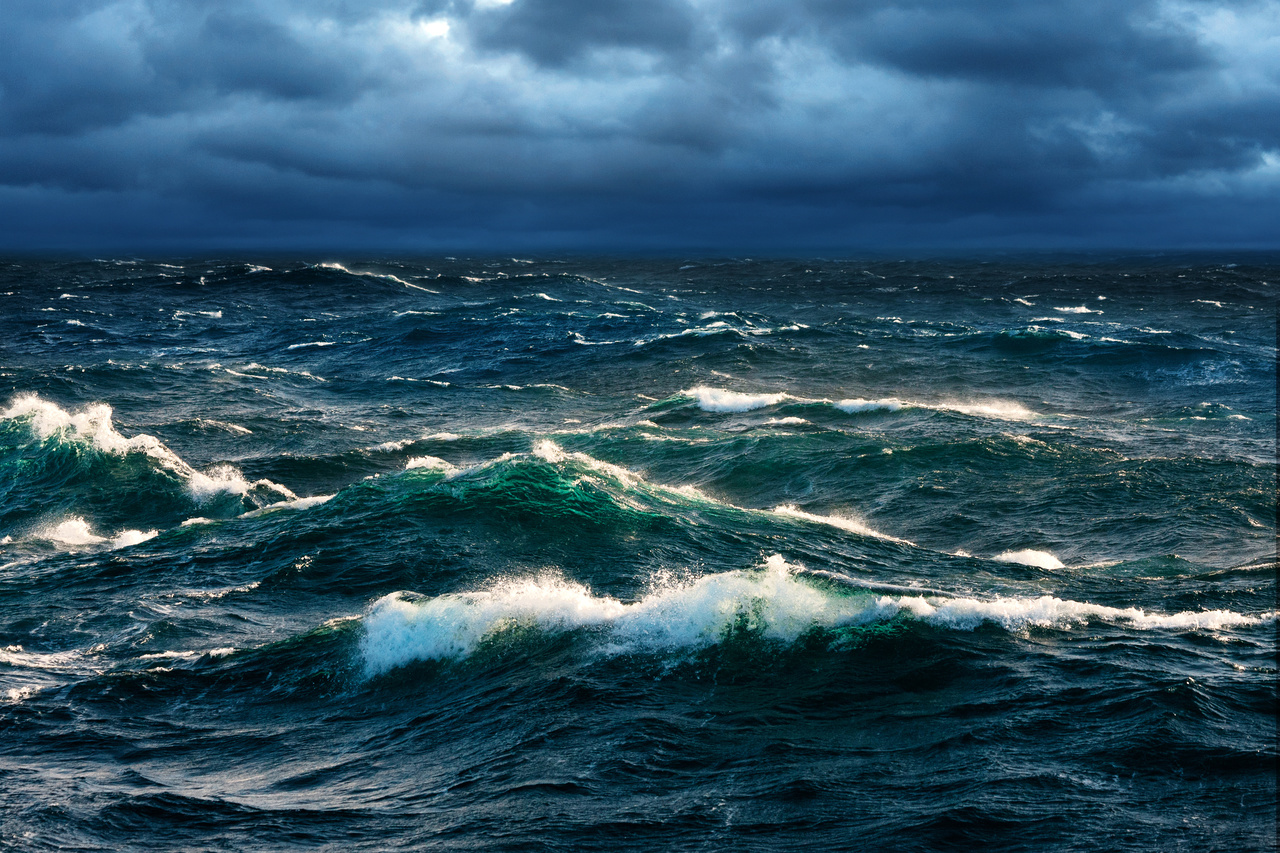The second in our three-part series about the New Technology Projects focuses on the Wind Speed and Direction sub-Facility.
The IMOS New Technology Proving Facility has a focus on increasing efficiency, effectiveness and expansiveness of current ocean observing platforms currently used by IMOS.
The first three successfully funded New Technology sub-Facilities are:
- Low cost wave buoy technology
- Wind speed and direction extension
- Profiling moorings evaluation
In the second of three news items introducing our new sub-Facilities we are looking at:
Wind speed and direction extension
The Wind Speed and Direction sub-Facility, led by Professor Ian Young at the University of Melbourne, aims to provide a global database of calibrated and validated wind speed direction sourced from scatterometers in Australian coastal waters in addition to acquiring global scatterometer data from both previous and existing satellite missions. Data will be calibrated against buoy data, creating a continuous global record from 1992 to present.
This sub-Facility has already delivered a new global ocean wind speed and direction database which is publicly available via the AODN Portal.
A scatterometer is a microwave radar sensor used to measure the reflection or scattering effect produced while scanning the surface of the earth from an aircraft or a satellite. The scatterometers have been carefully calibrated against ocean buoys to form a consistent global dataset of wind speeds over this period.
The scatterometers measure winds across a 25km resolution grid and typically cover the whole globe at this resolution twice per day. This new IMOS dataset represents the only repository of its type; where data from all such missions can be found in a single location and calibrated in a consistent manner.
Understanding the ocean wind and wave climate is necessary for a range of operational oceanographic applications including offshore operations/engineering such as oil and gas and the emerging ocean renew able energy industry, fisheries, ship navigation and coastal and harbour management.
Further, an accurate understanding of the wind climate both globally and in the Australian region will have important economic and societal impacts. An enhanced understanding of wind conditions can help reduce operational costs for offshore activities, produce more accurate circulation and wave prediction models, and an enhance capability to predict episodic coastal inundation.
Recent global studies have demonstrated that over the past 30 years global wind speeds and wave heights have been increasing, with the largest increases not in the mean conditions but the extremes. This finding suggests that climate change may have an important impact on extreme meteorological conditions. The data used in these studies has predominantly been from altimeters. Although altimeters are an important source for wave measurements, the scatterometer provides an order of magnitude more wind speed data than an altimeter. Therefore, this database will become a major resource for both global and regional climate studies.
